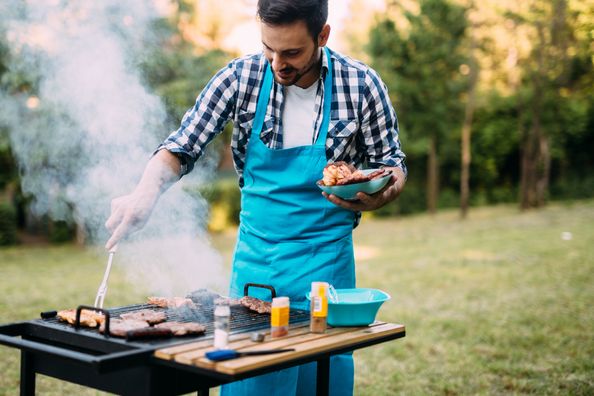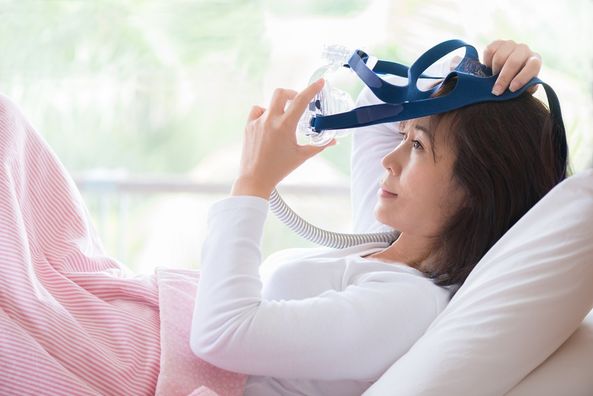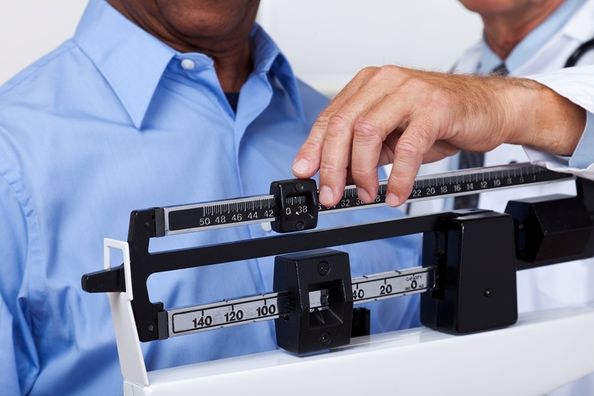Food poisoning can be a serious threat when it comes to picnics and outdoor celebrations. With the right preparation, you and your loved ones can ensure you stay safe, enjoy your time together and avoid foodborne illnesses.
Clean
Wash your hands with soap and water for 20 seconds. If there isn’t clean water available, use hand sanitizer as a substitute. You should wash the surfaces on which you’ll prepare foods with soap and water as well.
- Pack moist towelettes or soap and water to clean both your hands and surfaces.
- Make sure your cooler has been cleaned out prior to packing to ensure any bacteria from your previous outdoor events are washed away.
- Don’t forget to wash fruits and vegetables! This important step will rinse away bacteria, such as E. coli and dirt that can make you sick.
Separate
Wrap raw meats, poultry, seafood and eggs securely and keep them stored away from other ready-to-eat items. Bring extra plates, cutting boards and tongs dedicated to either raw or cooked food items to prevent cross-contamination.
Recent USDA research has found that rinsing meat or poultry increases the risk for cross-contamination which can cause foodborne illnesses. Don’t wash your meat or poultry before cooking as the bacteria in raw meat or the poultry juices can spread to other foods, utensils and surfaces. Bacteria will be killed as long as the meat is cooked to the appropriate temperature.1
Cook
Don’t forget a meat thermometer. Grilled meat browns faster on the outside than it cooks on the inside. Always check that the meat is cooked to a safe temperature by inserting the thermometer into its thickest part while avoiding touching the bone. The recommended minimum internal temperatures are:
- Steak: 145°F
- Ground beef and pork: 160°F
- Poultry: 165°F
Chill
- When food is at room temperature, bacteria can double every 20 minutes, which is why keeping food refrigerated as long as possible is important.
- Store perishable food items in an insulated cooler packed with ice to keep the temperature below 40°F.
- Never leave food outside in hot weather (90°F and above) for more than one hour.
- Don’t use ice from the cooler in your drinking cup. Bacteria may be lurking on the ice cubes from other cooler items.
Cooler tips
- Transport your cooler in the backseat of your air-conditioned car instead of the trunk.
- Keep your cooler in the shade or out of direct sunlight.
- Follow the “Last in, first out” rule: whatever you’re going to eat first should go at the top of the cooler.
- Consider having one cooler for food and a separate cooler for beverages and ice.
- Only open your food cooler when necessary to keep the other foods at a safe temperature. Each time you reopen the same cooler, cold air will escape and will cause the cooler’s internal temperature to rise.
Most at risk
Between two to three percent of all food poisoning cases lead to secondary long-term illnesses such as arthritis, kidney failure, meningitis and Guillain-Barre syndrome. People who are at an increased risk of food poisoning include pregnant women, newborns, older adults, people with a weakened immune system and chronic illnesses such as diabetes, kidney disease and some cancer patients.
Symptoms
Food poisoning can occur anywhere from one hour to seven days after consuming contaminated food. Symptoms can include diarrhea, abdominal pain/cramps, nausea and vomiting, fever, headaches (may not be present) and bloody stool (may not be present).
Treatment
If you have food poisoning, contact your or your child’s primary care physician immediately for advice. Most food poisoning is not dangerous and can be cared for at home. However, sometimes you may need to be seen by a medical professional. Notify your physician immediately if your condition worsens or lasts longer than a few days (for adults) or more than 24 hours (for children).
Eating binding foods such as bananas, rice, applesauce and toast will help settle your stomach. Drink plenty of clear liquids to stay hydrated.
Find out more ways you can stay safe while enjoying the weather by scheduling an appointment with your primary care provider online or by calling your preferred location.
1Washing Food: Does it Promote Food Safety? (2020, June 1). In USDA: U.S. Department of Agriculture. Retrieved from https://www.fsis.usda.gov/food-safety/safe-food-handling-and-preparation/food-safety-basics/washing-food-does-it-promote-food
Health Topics:







